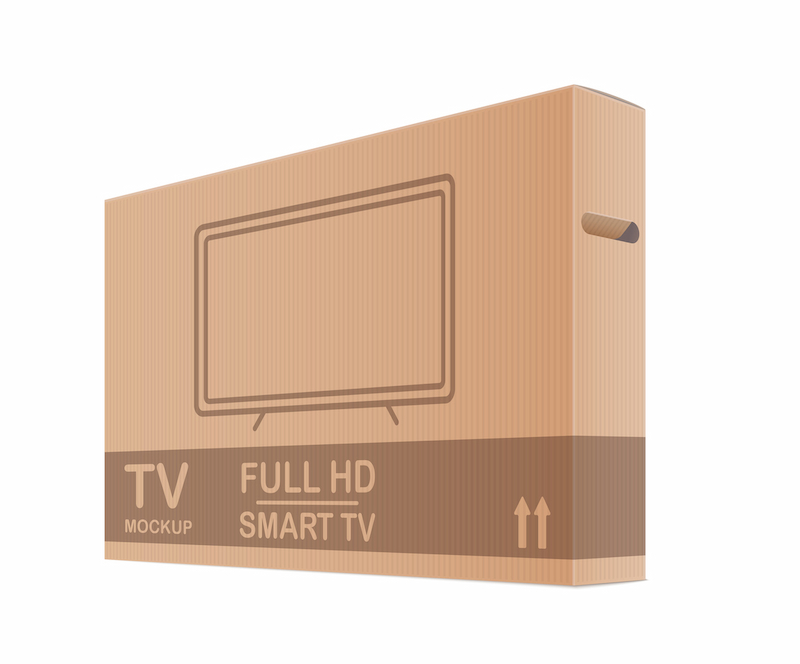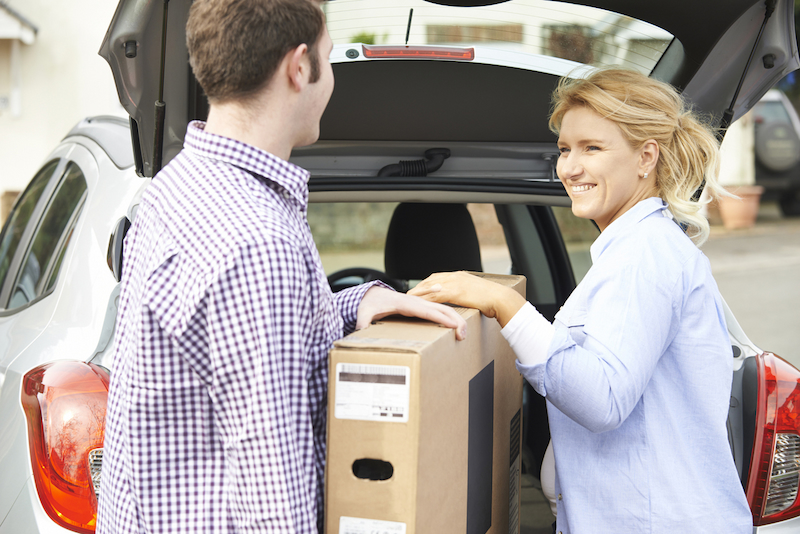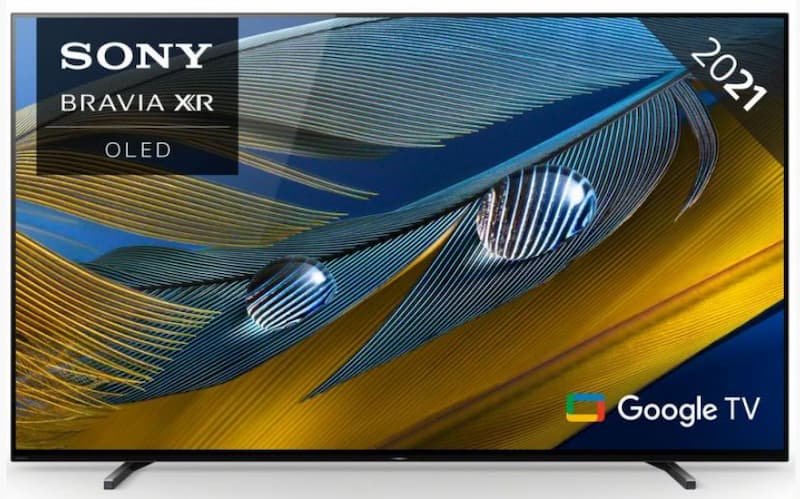Purchasing a new TV is always exciting, especially as technology improves yearly, providing impressive new features for the whole family to enjoy.
However, with it becoming more commonplace for people to replace or upgrade their TV each year, it’s now more important than ever to make more conscious decisions when disposing of the packaging for both existing and new products. Small lifestyle changes can play an essential role in helping to reduce carbon footprint and improve the environment.
For example, a business can look at ways to reduce excess packaging with each product, and consumers can improve how they reuse and recycle it once received.
The Issues With Recycling TV Packaging
If you think back to when you purchased a new TV just a few years ago, you will remember the large coloured stickers, the plastic wrap and the endless amounts of polystyrene that also came with your shiny new purchase. Whilst these components played an essential part in protecting your TV, they also posed a significant regarding disposing of them.
Plastic stickers or laminated coatings on the box caused contamination issues when recycling the cardboard. Although it’s easy to recycle, local facilities often do not take polystyrene due to its lightweight construct, which causes the product to blow away in the smallest gusts of wind. The plastic wrap which covers the TV, as we are aware, is potentially the most harmful to the environment and has the most extended life, preventing it from decomposing for many years.
Therefore, it’s easy to see how these products ended up heading straight into the black plastic bin bags for the next bin day, adding to the ongoing refuse issue and rising landfills.
What Are the Manufacturers Doing About the Packaging of New TVs?
Most large companies are now looking for ways to reduce waste when manufacturing new products. Keeping in line with the UK’s goal to become carbon neutral by 2050, the packaging of new TVs has seen a vast improvement in the past few years.
To reduce the waste from new TVs, manufacturers are looking into more sustainable materials such as recycled plastic for TVs. In addition, the packaging in which your new TV arrives has seen dramatic changes.

No longer coated with plastic and full of stickers, TV boxes now come with very little ink (which can harm the environment if left to decompose). Instead, the packaging is often plain brown with recyclable ink to indicate the make and model, with all the information in a booklet within the box, printed on recycled paper.
In addition, the likes of Samsung have taken the idea of reusing the boxes from Samsung smart TVs to a new level. On the boxes new TVs come in, they print small, almost unnoticeable dots. These dots can be used as a guide when turning the containers into more valuable constructs. For example, the Serif box could be turned into a rustic and helpful remote stand with a little imagination.
Innovative ideas like this can go a long way to ensuring that every aspect can be reused instead of heading to a landfill.
Why Are All TV Manufacturers Not Producing Fully Recyclable Materials?
Although large companies continuously look to improve their packaging, finding a suitable alternative to it’s protective attributes is not always easy. Developing innovative ideas can take time and money, which can be manageable for the likes of Samsung and Sony. However, sourcing these more sustainable products for smaller manufacturers could take a lot of time and to costly.
Where to Recycle All the Products From a New TV
If you have just bought a new cheap TV, you may have an abundance of packaging to sort through and dispose of, but what can be recycled, and where does it go?
Cardboard boxes – As mentioned above, these are becoming less plastic and more sustainable, meaning they can usually be put out with the rest of your recycled cardboard for regular collection. However, if they happen to be covered in laminated plastic, it is best to carefully peel this away and put them to one side with your other plastic products. In addition, we never advise putting a large TV box out on the street whole. Breaking it down can make it easier to dispose of and prevent advertising your new purchase to potential thieves.

Polystyrene packaging – Expanded polystyrene is 100% recyclable. However, since 2017 recycling guidelines have excluded the material due to its complex nature. Due to the ability to mould around products, expanding polystyrene can offer the best protection for devices. However, we have all seen what happens when a bean bag pops; polystyrene balls everywhere! This is why many local recycling facilities refuse the product; the mess would be uncontrollable. However, a few recycling facilities will allow you to bring them, so it is always worth checking. Alternatively, you could check with local white goods retailers to see if they would take it.
Plastic wrapping – The most common product that often gets discarded into black bin bags is the thin plastic wrapping that coats the TV to prevent dents and scratches. This is potentially the easiest to recycle and will be accepted at local supermarkets and other plastic wraps from food items that also get discarded.
Recycle Your Old Device Too!
Another item many people often forget about when buying their new cheap LED TVs is their old devices. It may feel easier to take them to a local recycling centre, but many alternative options help reduce the e-waste building at local facilities.

Fix up your TV to sell. Although your TV may be broken, it may still be worth saving, and with our LED TV repair service, we will attempt to get your TV up and running again to do as you please.
Give it to charity. Charities are always looking for devices with some life left in them. These devices can provide comfort to a vulnerable person, or the sale of the product can go toward supplying the charity with the funds to help them keep going.
Gift it to a family. TVs are always in demand. Check with any friends or family to see if they require one before considering taking it to the recycling centre. So, whether you have upgraded to a newer device, replacing a broken TV or just fancied a change, make sure you recycle the waste from purchasing new cheap TVs to prevent adding to the growing landfills or contaminating the environment.





